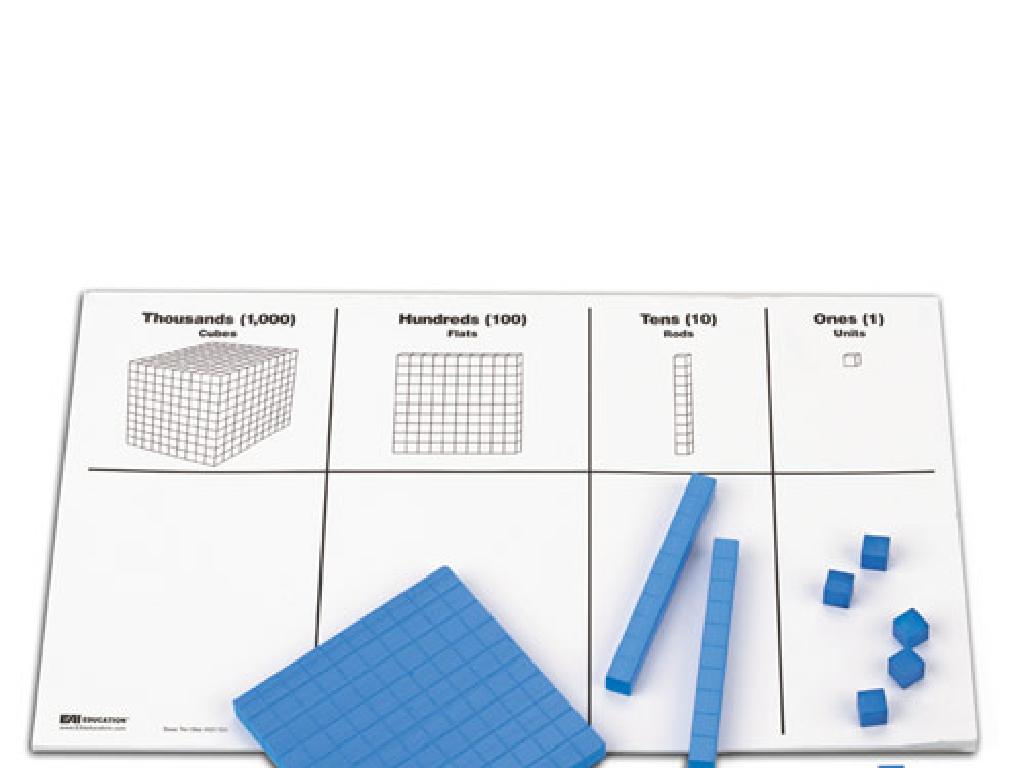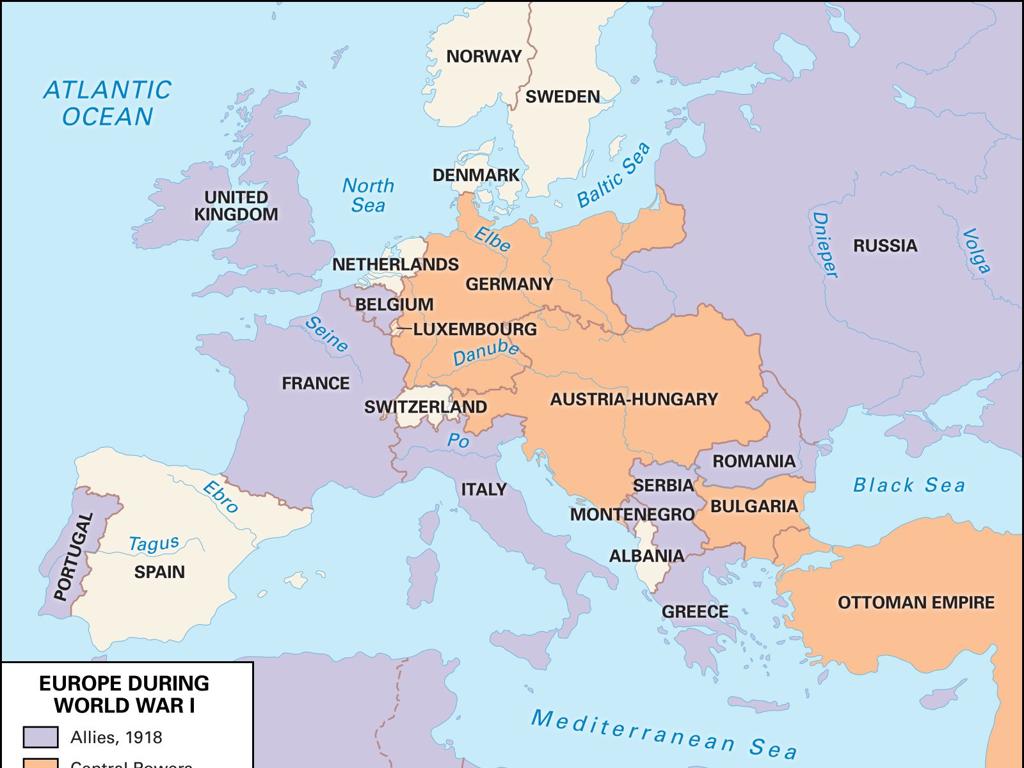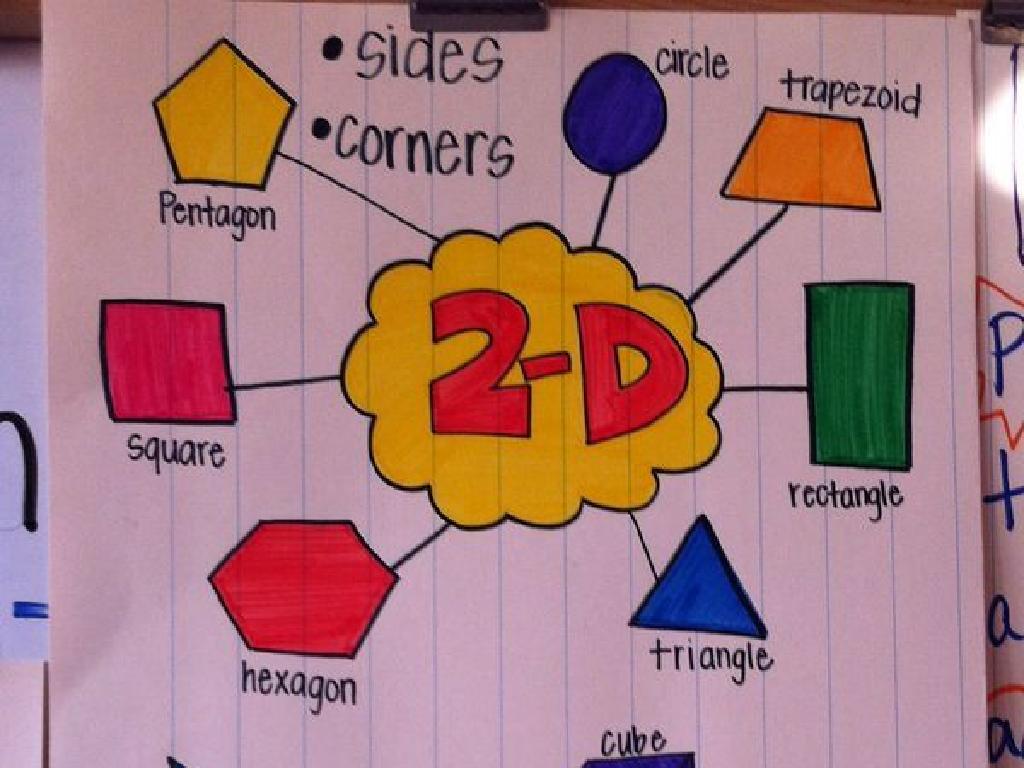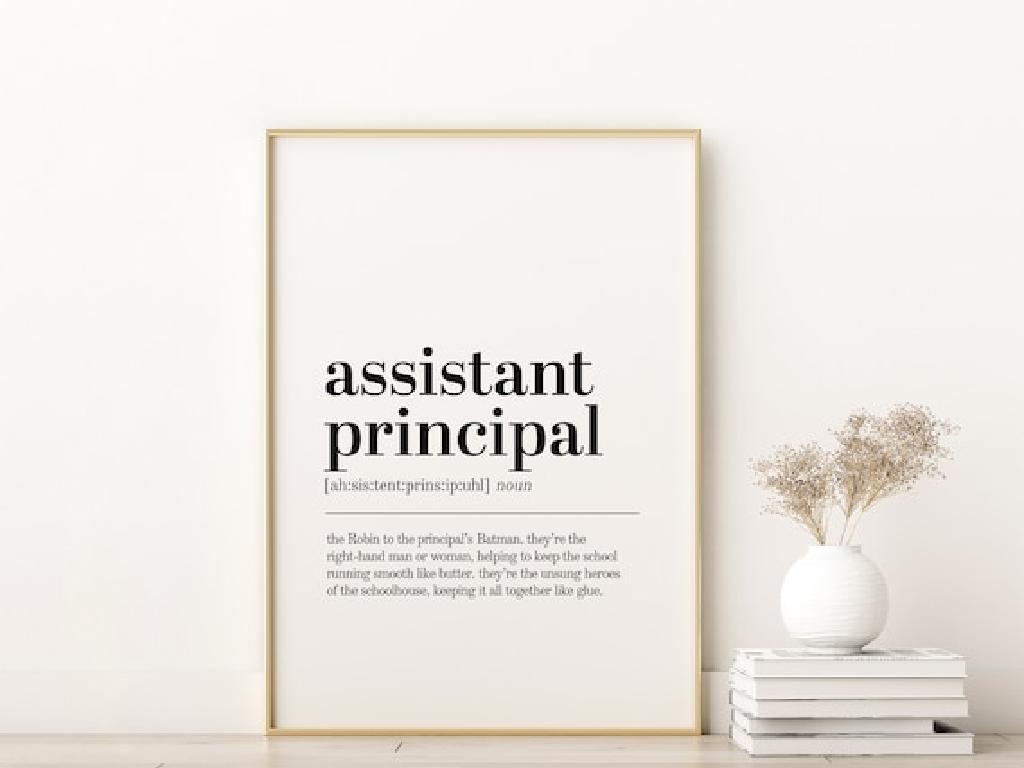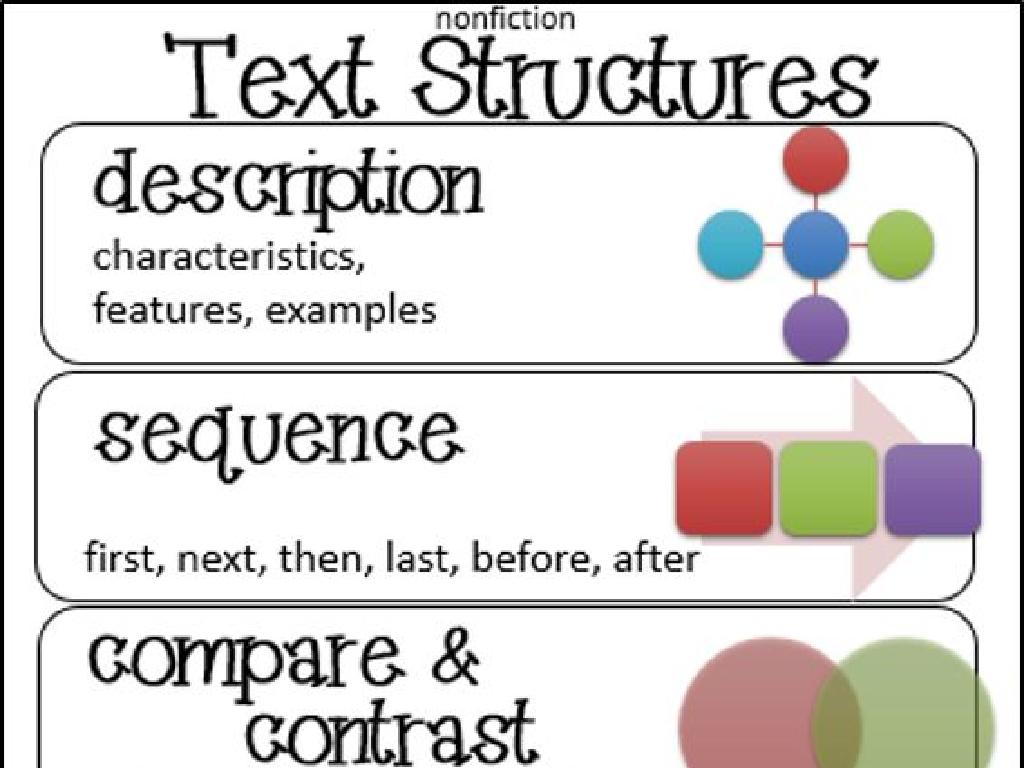Comparison Word Problems Up To 10
Subject: Math
Grade: First grade
Topic: Comparison Word Problems Up To 10
Please LOG IN to download the presentation. Access is available to registered users only.
View More Content
Comparing Numbers Up to 10
– Learn to compare numbers
– ‘More than’ vs ‘less than’
– ‘More than’ is when a number is bigger, like 7 is more than 5
– Use objects for comparison
– Count pencils or apples to see which has more or less
– Practice with examples
– If Sam has 3 balls and Tom has 5, who has more?
|
This slide introduces first graders to the concept of comparing numbers using terms ‘more than’ and ‘less than.’ Start by explaining that comparing numbers helps us understand the quantity or size of numbers relative to each other. Use relatable objects like pencils or apples to visually demonstrate the concept. For example, show two groups of items and ask students to identify which has more or less. Encourage students to use their fingers or classroom objects to practice this concept. Provide simple word problems for them to solve, reinforcing the comparison vocabulary. This hands-on approach will help solidify their understanding of numerical comparison.
Understanding Comparison in Math
– ‘Compare’ means finding differences
– Are things the same, less, or more?
– We can compare numbers and sizes
– Like how many apples vs oranges you have
– Comparing tells us more or less
– Is 5 bigger than 3? Yes, because 5 is more than 3
– Let’s practice with fun examples!
– We’ll use toys and candies for practice!
|
This slide introduces the concept of comparison to first graders. Start by explaining that comparing is like figuring out what is different between two things. It could be numbers, like how many cookies each person has, or sizes, like who has a bigger backpack. Use relatable examples to show comparison, such as comparing the number of pets or the height of classmates. Encourage the students to think about things they often compare in their daily lives. For the practice examples, use engaging items like toys or candies to make the activity enjoyable and memorable. The goal is to ensure students can identify when one quantity is greater than, less than, or equal to another in a fun and interactive way.
More or Less?: Learning to Compare
– Understanding ‘more’ and ‘less’
– ‘More’ means a larger number, ‘less’ means a smaller number.
– Comparing apples and oranges
– If we have 5 apples and 3 oranges, which group is larger?
– Counting practice
– Let’s count the fruits in each group to see which has more.
– Discovering the answer together
– We’ll find out which has more by counting together as a class.
|
This slide introduces the concept of comparison using the terms ‘more’ and ‘less’ to first graders. Start by explaining what these terms mean and how they are used to compare quantities. Use the example of apples and oranges to make it relatable and tangible for the students. Engage the class in a counting activity to determine which group has more items. This interactive approach helps solidify their understanding of comparison in a fun and collaborative way. Encourage students to think of other items they could compare and be prepared to assist them in counting and determining more or less in various scenarios.
Using Number Lines to Compare Numbers
– Number lines show number size
– Right side numbers are bigger
– Left side numbers are smaller
– Let’s practice placing and comparing!
– For example, place 3 and 7 on the line, see which is bigger
|
This slide introduces first graders to the concept of using number lines as a visual tool to compare numbers up to 10. Explain that a number line is a straight line with numbers placed at equal intervals along its length. Emphasize that as you move to the right, the numbers get larger, and as you move to the left, they get smaller. This concept will help students understand the relative value of numbers. During the activity, guide students to place different numbers on the number line and observe their positions to determine which numbers are greater or lesser. Encourage them to use this method to solve comparison word problems. Provide several examples and practice opportunities to ensure understanding.
Solving Comparison Word Problems
– Word problems are number stories
– Like a story, but with numbers we can add or take away.
– Reading carefully to find comparisons
– What numbers are bigger, smaller, or equal?
– Let’s solve a problem together!
– Example: If Sam has 4 apples and Tom has 7, who has more?
|
This slide introduces first graders to the concept of comparison word problems. Emphasize that word problems are like stories that involve numbers, and the key to solving them is careful reading to understand what is being compared. Use simple language and relatable examples. For instance, comparing the number of apples two people have. Encourage students to visualize the problem and use hands-on tools like counters or drawings to compare quantities. During the class, walk through a sample problem step by step, asking guiding questions to involve the students in the problem-solving process. Prepare to offer additional examples if students grasp the concept quickly or need more practice.
Comparing Toy Cars: Who Has More?
– Count Tom’s toy cars
– Tom has 4 cars, let’s count: 1, 2, 3, 4
– Count Sally’s toy cars
– Sally has 7 cars, count with me: 1, 2, 3, 4, 5, 6, 7
– Compare the numbers
– Which number is bigger, 4 or 7?
– Use objects to visualize
– Use blocks or drawings to see the difference
|
This slide introduces a simple comparison word problem to first graders. Start by having the students count the number of toy cars Tom has, then do the same for Sally. After counting, ask the students to compare the two numbers to determine who has more toy cars. To make it more interactive and understandable, use physical objects like blocks or draw pictures on the board to represent the toy cars. This visual aid will help students see the difference in quantity and better grasp the concept of comparison. Encourage the students to explain their thought process and how they arrived at the answer. This activity will not only teach them comparison but also reinforce counting and number recognition.
Let’s Practice Comparison Word Problems!
– Try solving a word problem
– Look for clues: ‘more’ & ‘less’
– Words like ‘more’ or ‘less’ help us understand how to compare numbers.
– Pair up and use objects to compare
– Use counters, blocks, or drawings to visualize the problem.
– Discuss your answers with the class
– Share how you solved the problem with your classmates.
|
This slide is an interactive class activity designed to reinforce the concept of comparison in word problems. Encourage the students to read the problem carefully and identify keywords that indicate comparison, such as ‘more’ or ‘less’. They should work in pairs to foster collaboration and use tangible objects like blocks or counters to physically compare quantities, which helps in understanding abstract math concepts. After solving the problems, facilitate a discussion where students explain their reasoning and how they used the objects to find the solution. This will help them articulate their thought process and learn from each other. Possible activities include comparing sets of items to determine which has more or less, using number lines, or drawing pictures to represent the problem.
Class Activity: Math Scavenger Hunt
– Find items to compare in class
– Use your number line for help
– A number line is a tool to see numbers in order
– Decide which has more or less
– Comparing items helps us understand ‘more’ or ‘less’
– Share your findings with everyone
|
This interactive activity is designed to help first graders apply their understanding of comparison using real-life objects. Encourage students to find various items around the classroom, such as pencils, erasers, or blocks, and use their number lines to determine which items are greater in quantity. Guide them to understand that the number line represents quantity in a visual format, making it easier to compare. After the activity, have each student present their findings to the class, explaining how they used the number line to determine which item had more or less. This will reinforce their comprehension of comparison and number order. Possible variations of the activity could include comparing lengths of objects, quantities of items in groups, or even comparing numbers written on the board.
Great Work on Comparison!
– Mastered comparing numbers up to 10
– Understanding ‘more than’ & ‘less than’
– ‘More than’ is when one number is bigger than another. ‘Less than’ is the opposite.
– Practice makes perfect
– Keep practicing with games and puzzles.
– Share your knowledge
– Teach what you’ve learned to friends and family.
|
Congratulations to the class for learning how to compare numbers up to 10. It’s important to reinforce the concept of ‘more than’ and ‘less than’ as it forms the foundation for understanding numerical relationships. Encourage the students to continue practicing at home with their friends and family. Suggest fun activities like comparing the number of toys they have or counting objects around the house to make learning interactive and enjoyable. Remind them that practice will help them become more confident in their math skills. In the next class, consider having a few students share how they practiced at home to encourage peer learning.

